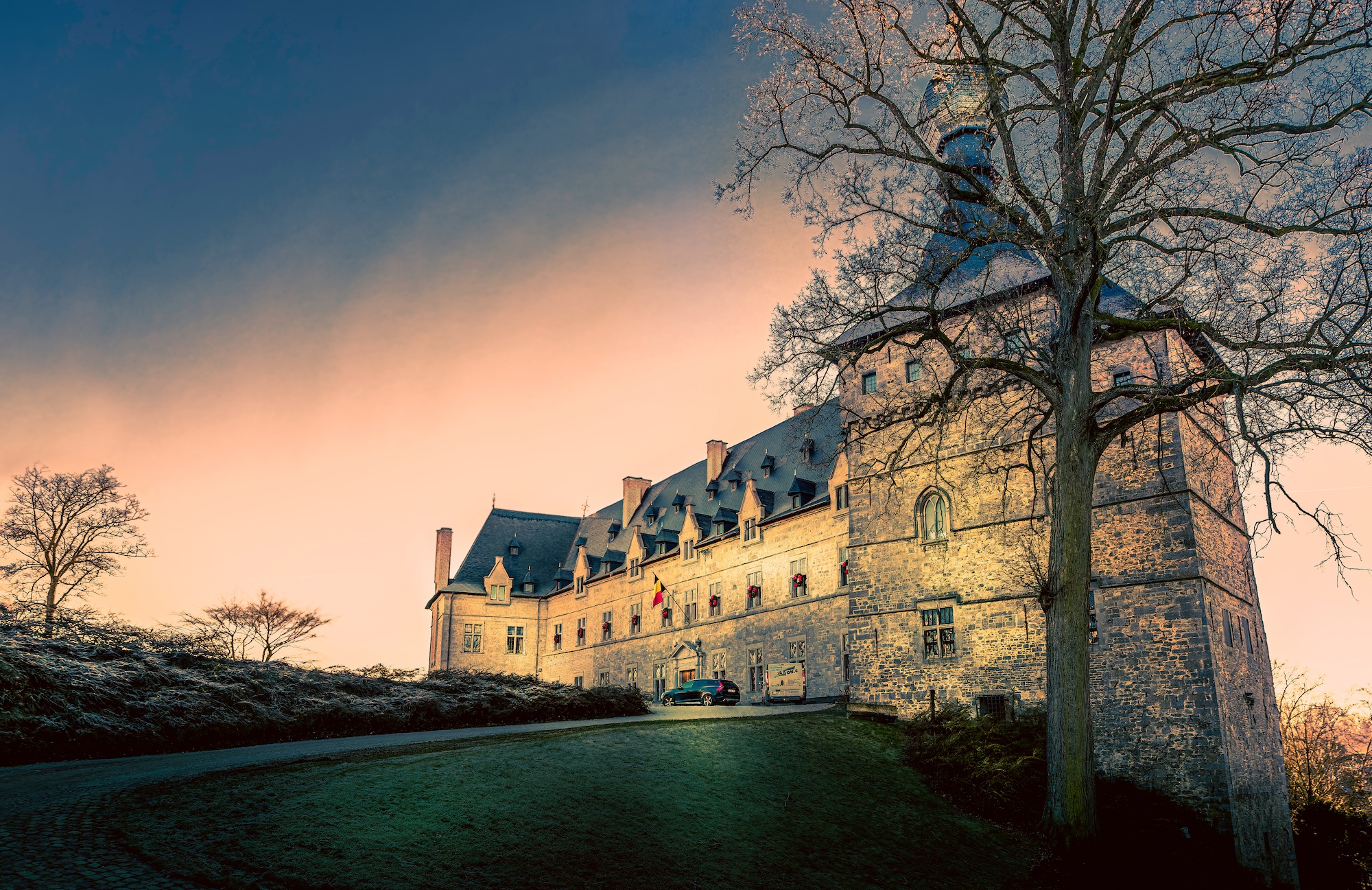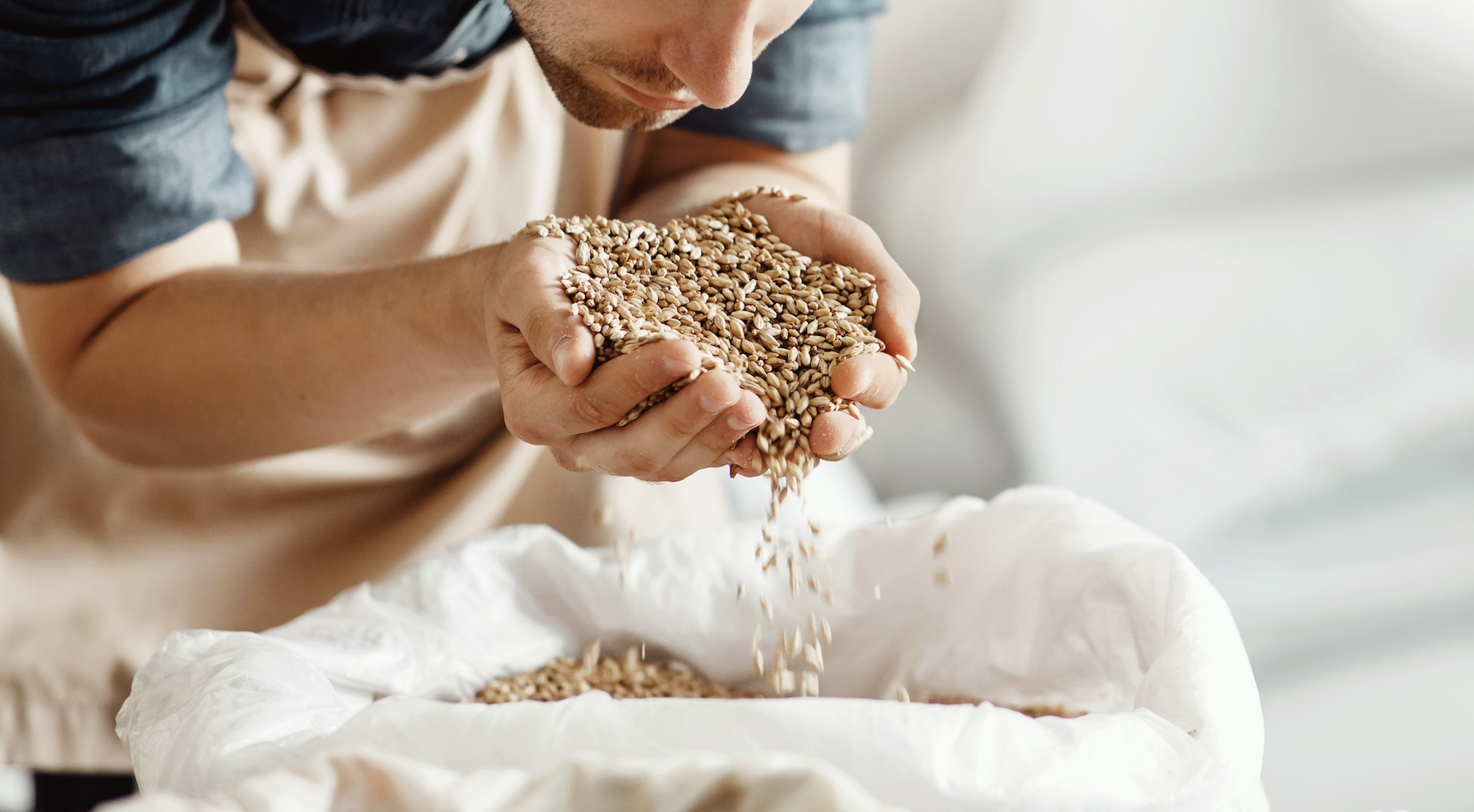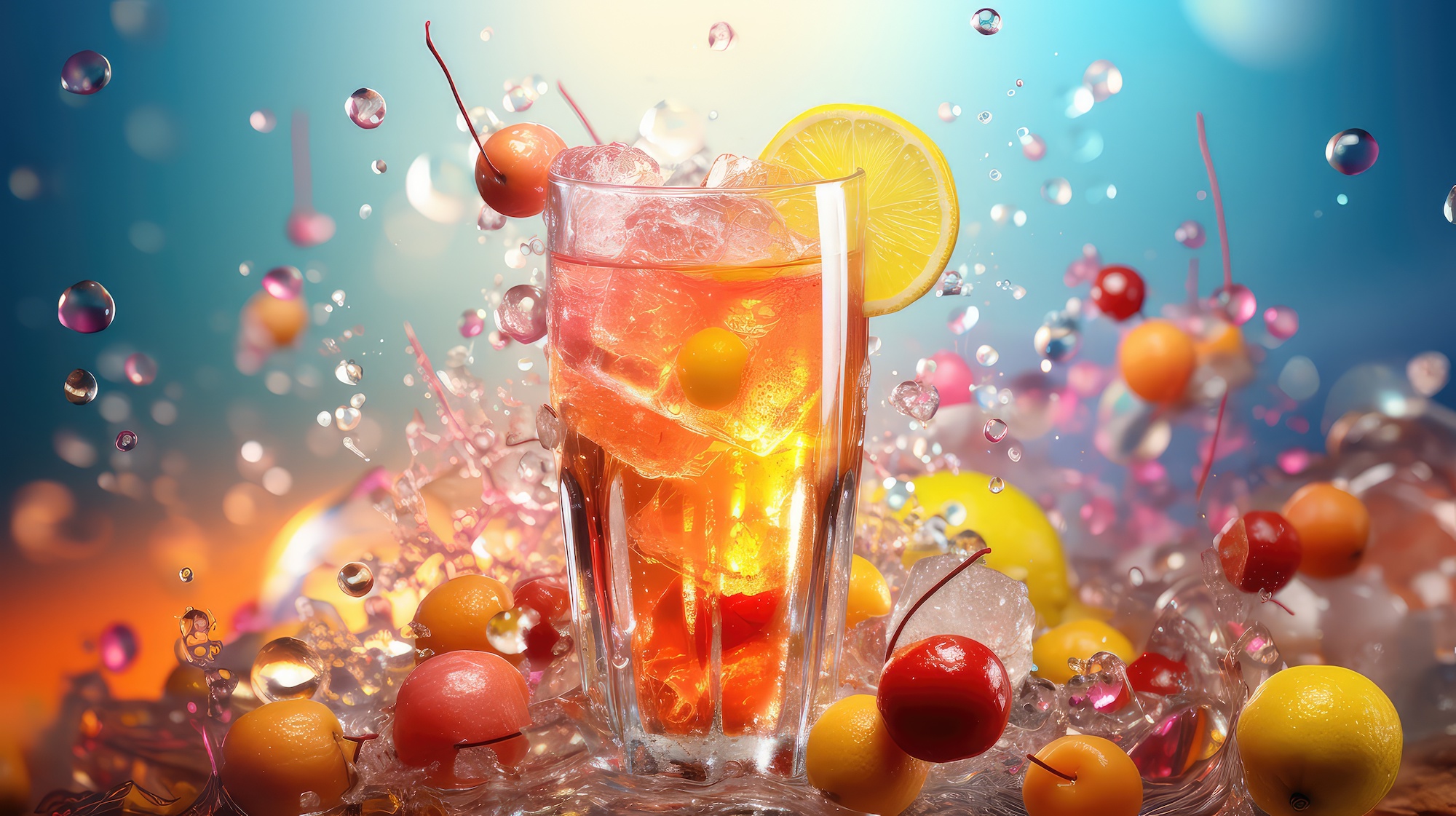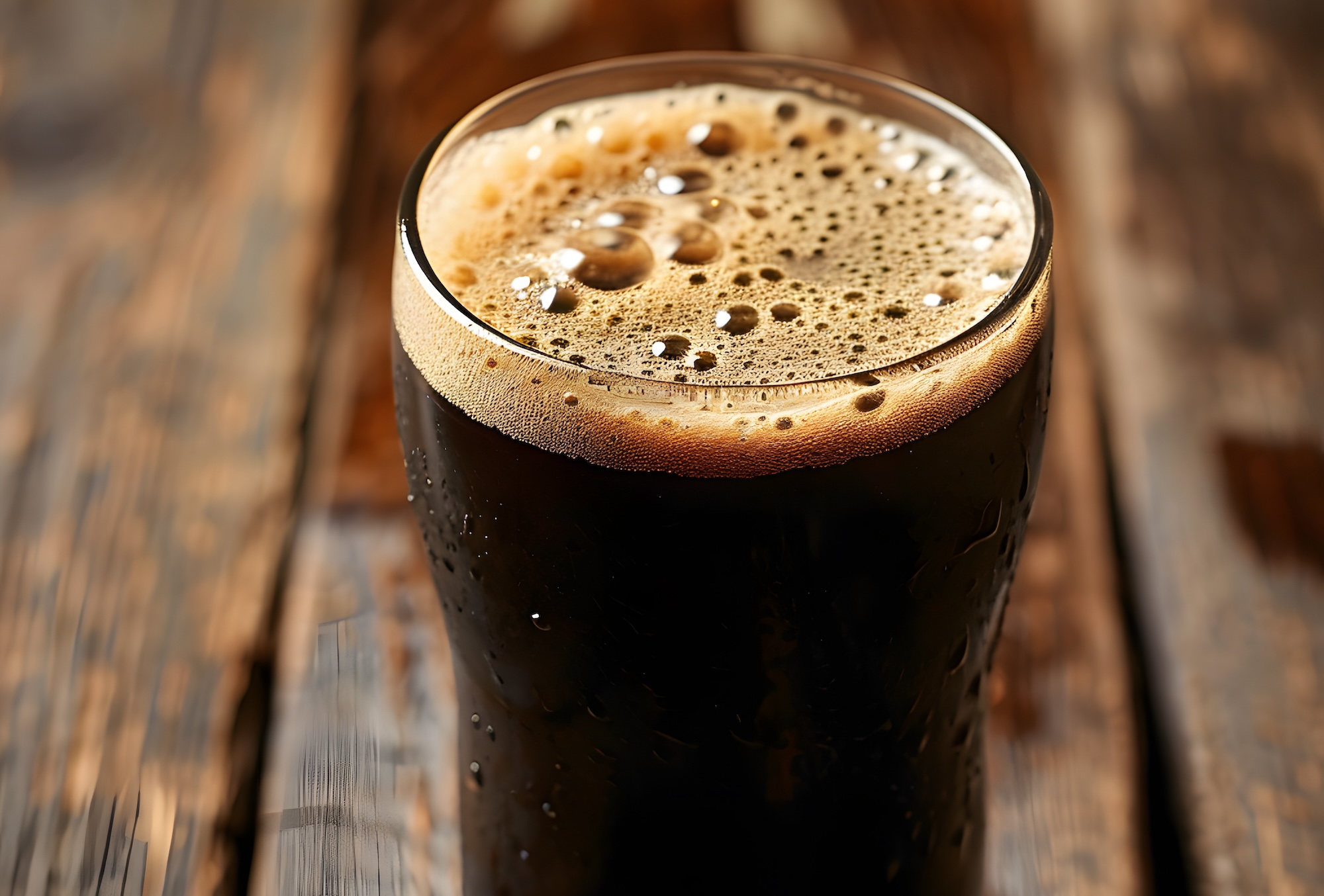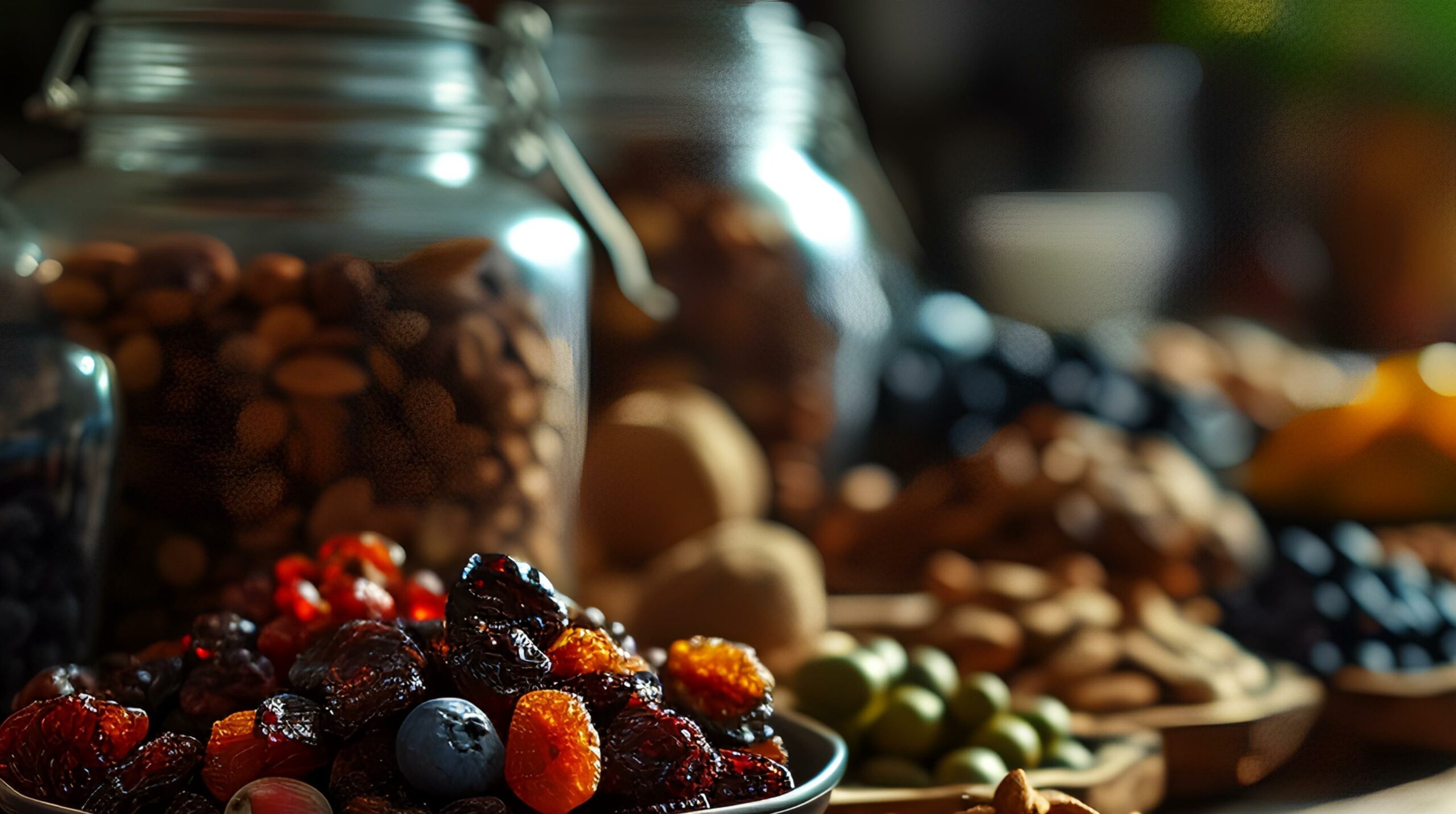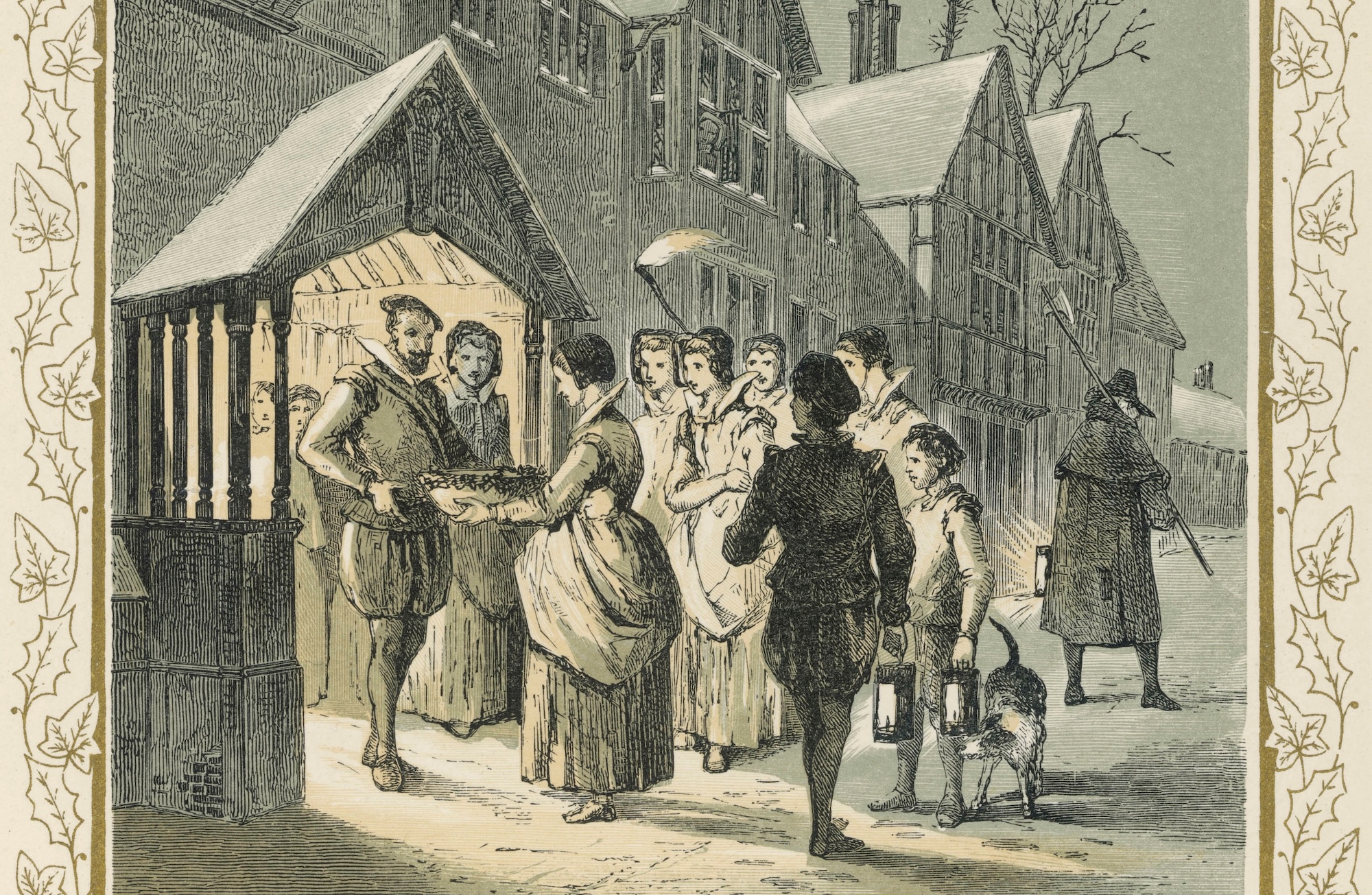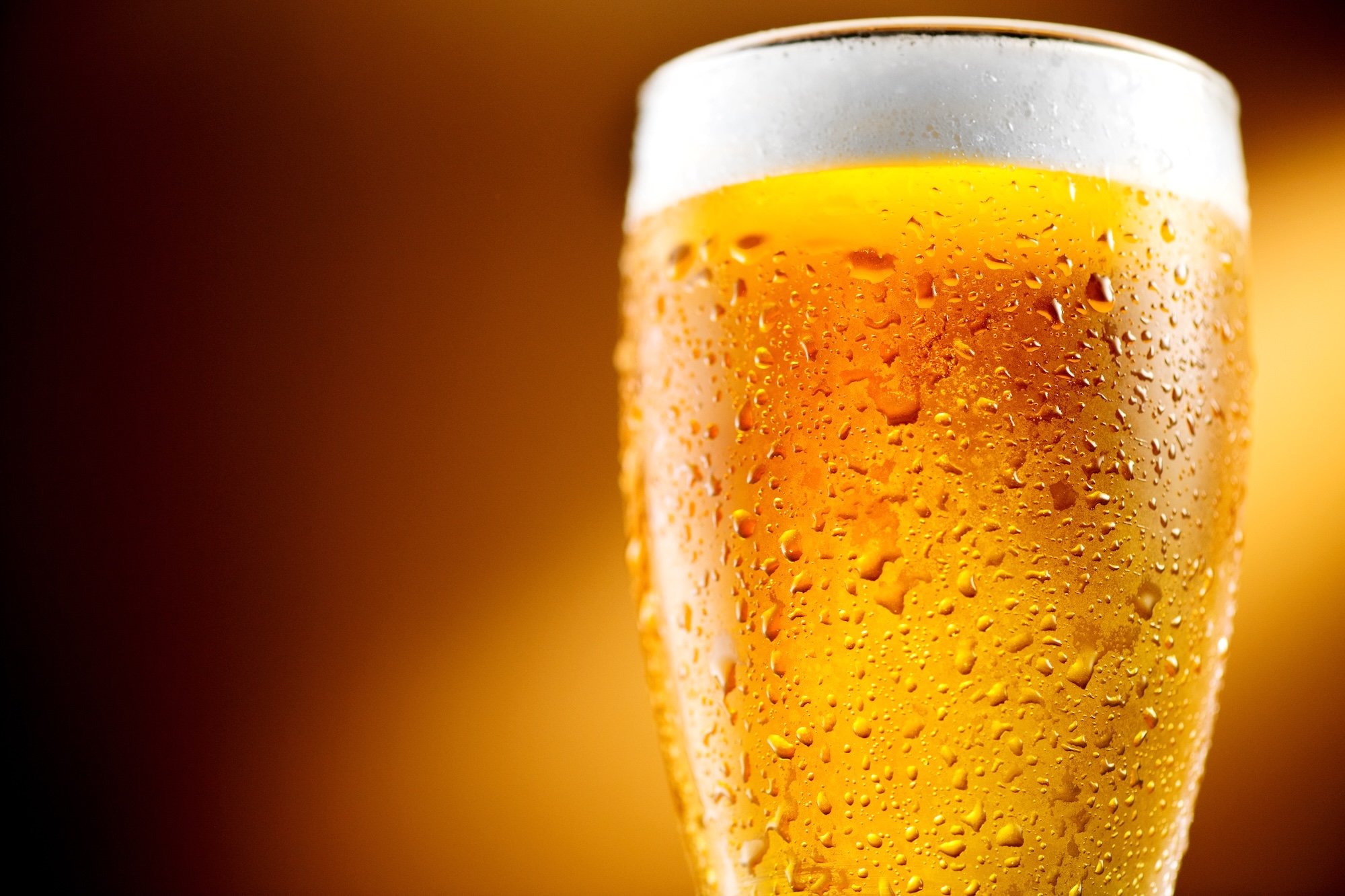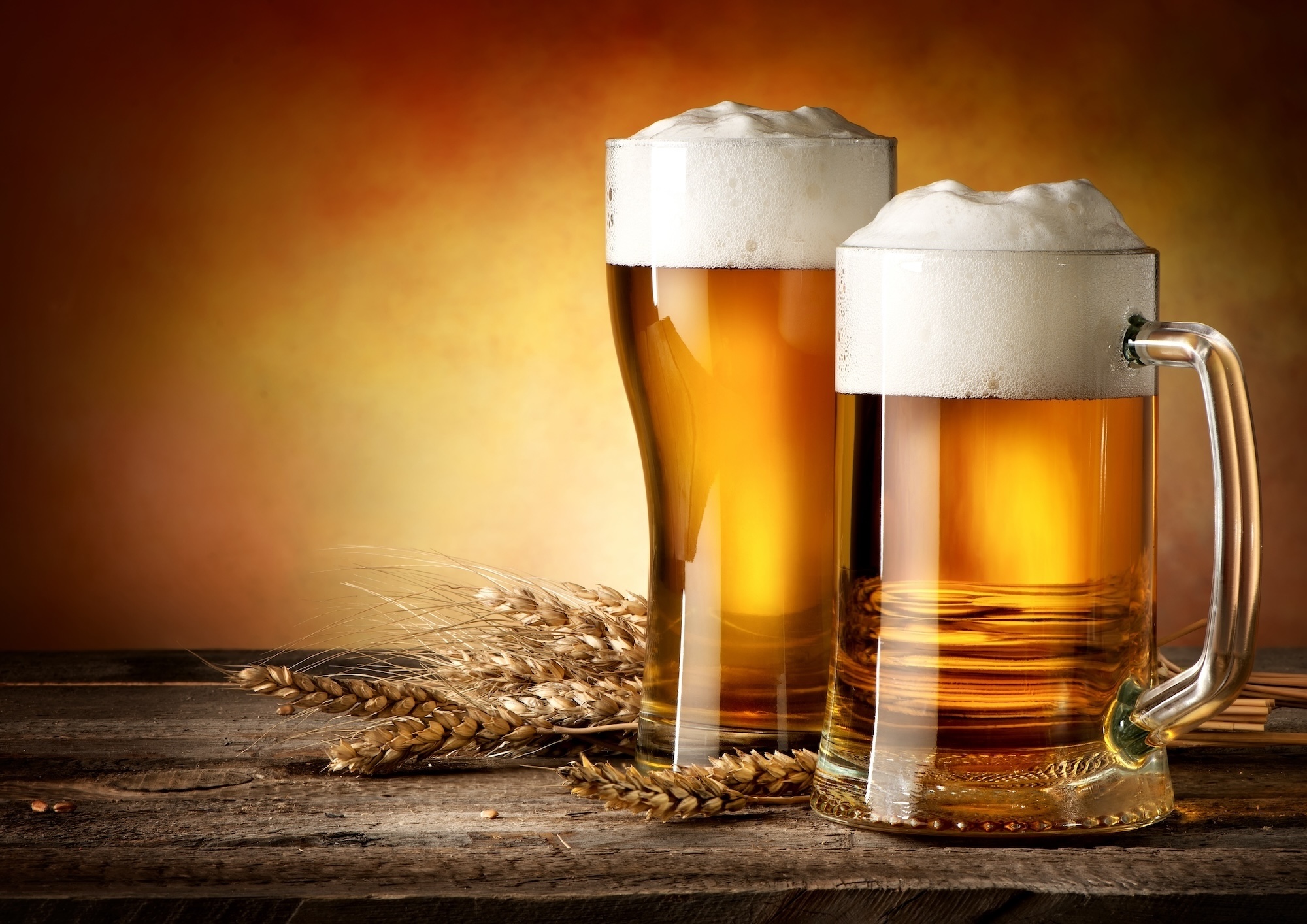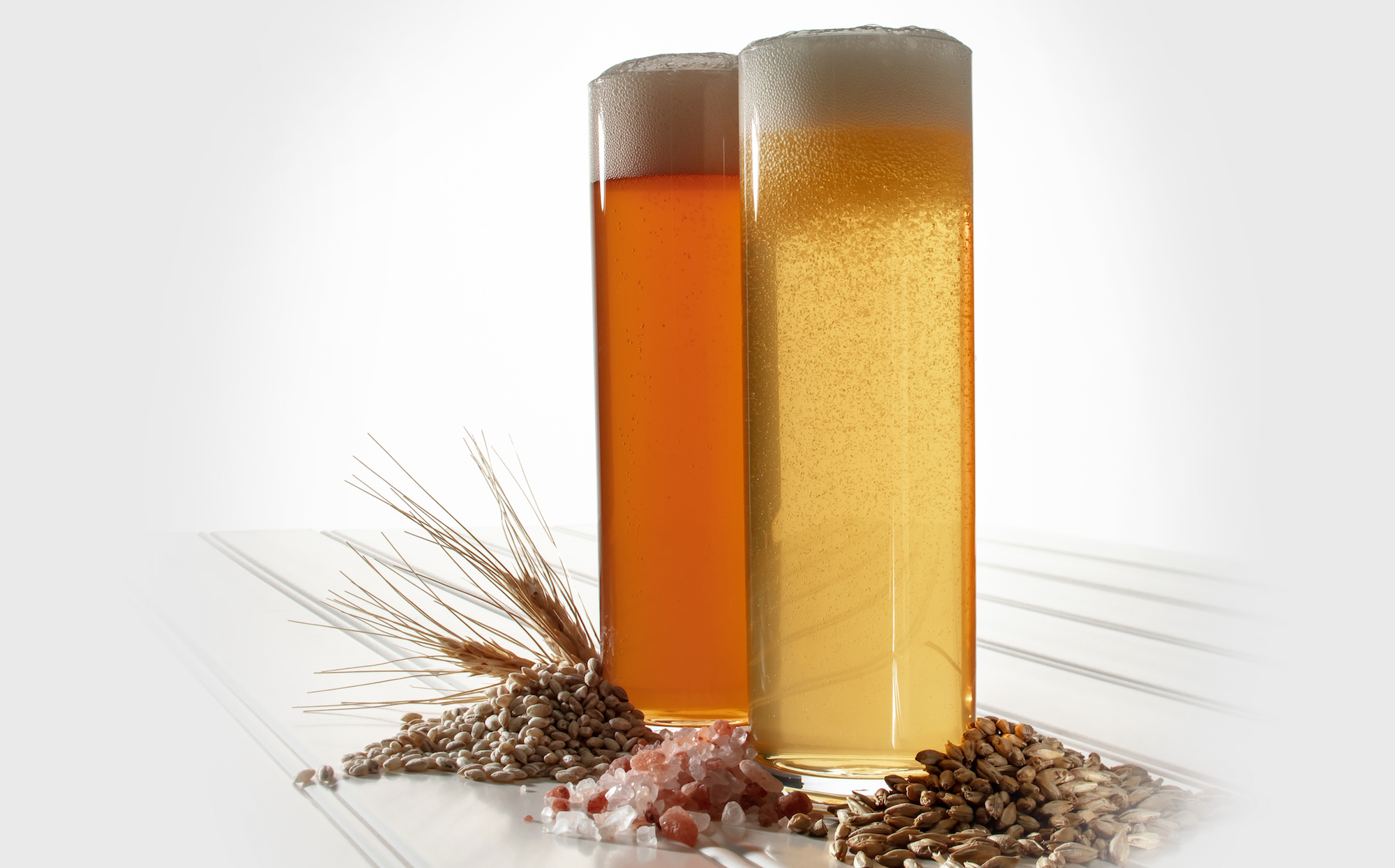Belgian “Normale”
The mysteries and uniqueness of Belgian beer are what drew me into the world of beer and brewing, and I still find them delicious and captivating. However, this tiny country’s beers cover so much territory, it seems wise to limit the scope here. So, let’s put all of Belgium’s tart and funky lambics, oaky oud bruins and creamy witbiers off to the side for the future. That still leaves us with a treasure-box of conventionally fermented beers in a variety of strengths, colors and personalities.

